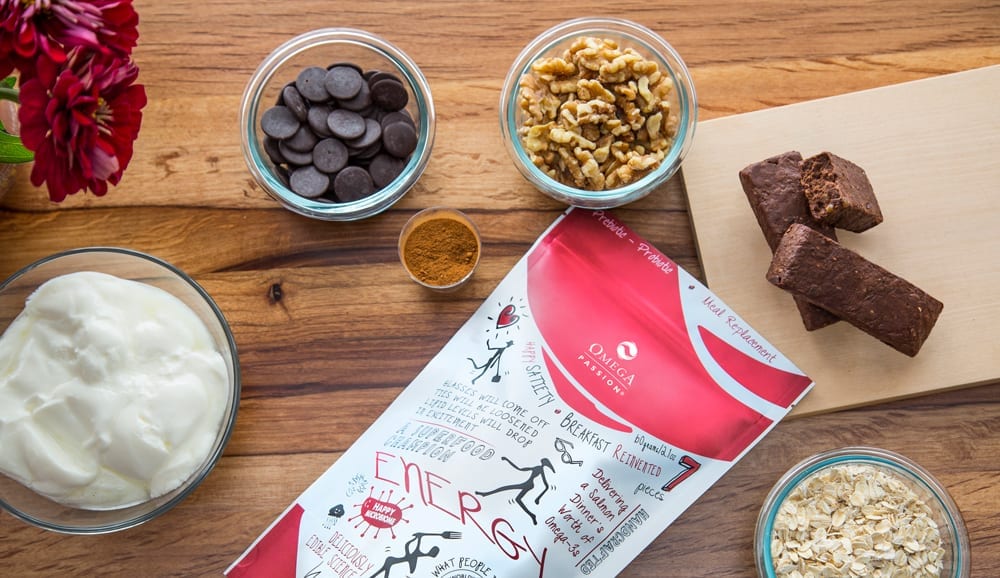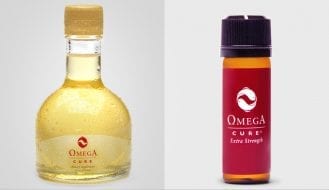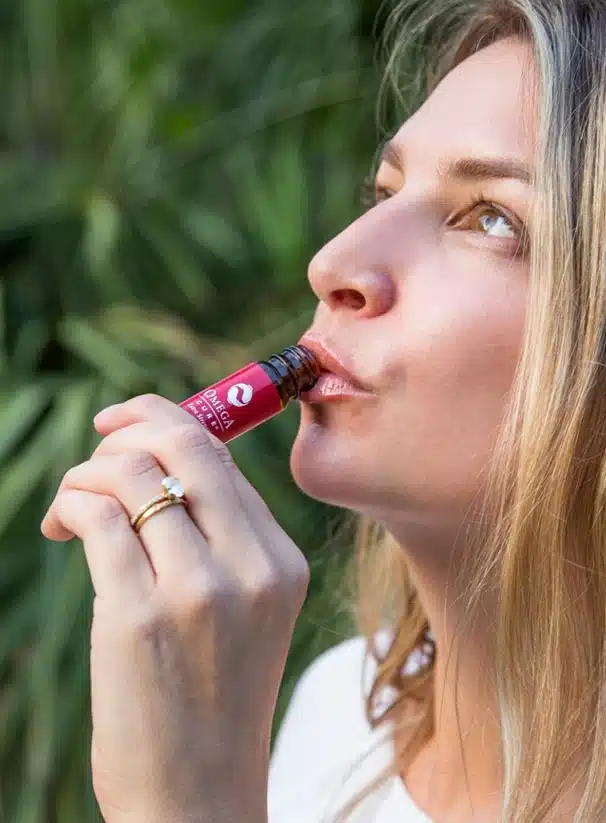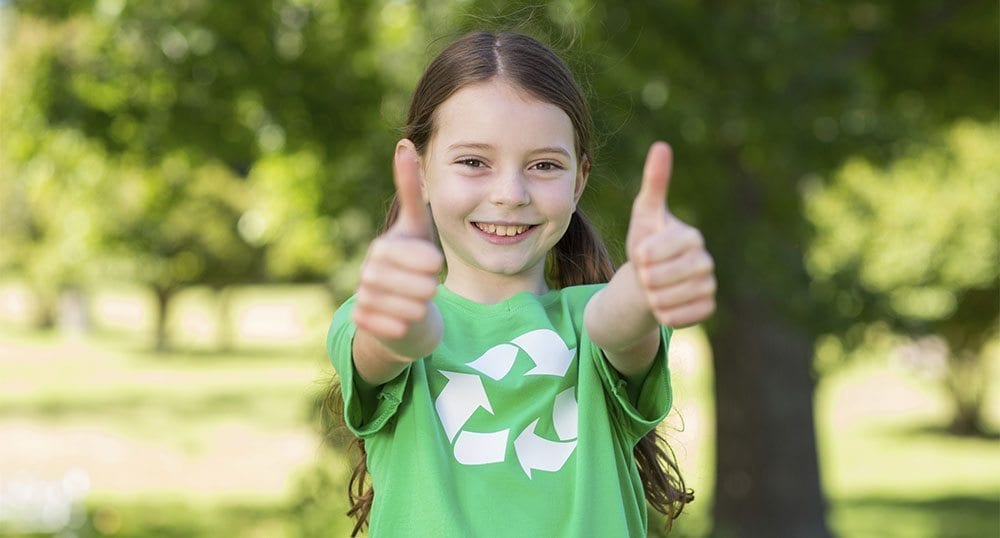How to Recycle Your Omega Cure Packaging
Reduce, reuse and recycle. We’ve all heard the three Rs before. And most of us have good intentions about minimizing waste.
Often though, our best intentions are thwarted by a lack of recycling know-how. To make it easier on the Omega Cure® front, we’ve broken down how to recycle the components of your shipment. Take a look:
RECYCLE: Omega Cure bottles and vials
Give yourself a big pat on the back if you already recycle your Omega Cure bottles and vials. According to the Glass Packaging Institute, glass bottles can be recycled endlessly into new glass bottles without any loss of quality. Other good news for recycling glass? It helps cut CO2 emissions. In 2013, only about 34 percent of glass containers were recycled. And yet, that recycling effort had the same environmental value as taking 210,000 cars off the road for a year (1).
To recycle your Omega Cure bottles and vials, take off the cap and place your empty glass bottle or vial in the recycling bin. Contrary to popular belief, you do not need to remove the labels or plastic ring around the neck of the bottle in order to recycle it. The glass recycling process is designed to handle these additions (2).
RECYCLE, COMPOST OR REUSE: The box
Our boxes are made of cardboard, which is easy to recycle. Simply break down, flatten the box and add it to your regular paper recycling.
Other cool ideas include using the cardboard box in your compost or to line garden beds. Or, you can of course reuse the box for storage or shipping purposes (3).
REUSE OR TRASH: Your Cool Packs
Cool packs are nice things to have around. Keep a few on hand for when you go on a picnic or need a cooling device for an injury or a hot summer day. As long as the cool packs don’t get punctured, they are perfectly good to reuse over and over again (4).
If you are a regular Omega Cure user, however, you probably know that cool packs have a tendency to take up too much space in the freezer over time. If that’s the case, you can put the ice packs in the trash. The liquid inside the pack is non-toxic, and made primarily of water with a small amount of cellulose gum and salt added (4). As for the cool pack lining, it cannot be reasonably recycled, according to a spokesperson from the cool pack manufacturer. However, “Once the gel is removed, there is very little volume of waste left.”
TRASH AND RECYCLE: The silver box padding
Our box padding is probably the trickiest item to dispose of. It is made of two parts: the inner insulation and the lining. The mineral fiber insulation is made of natural stone and a minimum of 40 percent recycled content (5). It is biodegradable and will be broken down by the bacteria found in most landfills, according to a spokesperson from the manufacturer. The lining is made from mylar plastic, which is classified as a #7 other for recycling purposes.
To dispose of the insulation, cut open the lining and put the insulation in the trash. The lining itself can be recycled, depending on where you live. Consult Earth 911 to check what the policies are in your area.
References:
1. “Why Recycle Glass.” The Glass Packaging Institute.
2. “Curbside Recycling Tips (FAQs).” SanDiego.gov. The City of San Diego.
3. Lallanilla, Marc. “How to Recycle Cardboard.” Greenliving.about.com.
4. “Frequently Asked Questions.” PropakProducts.com.
5. “Greener Earth.” RNC Industries. RNCInd.com.
Popular posts
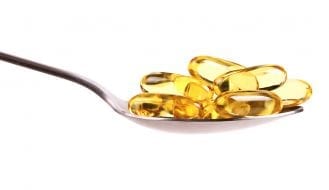

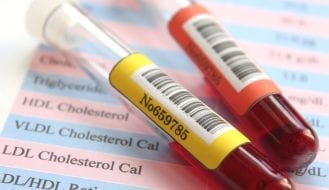
Related posts
